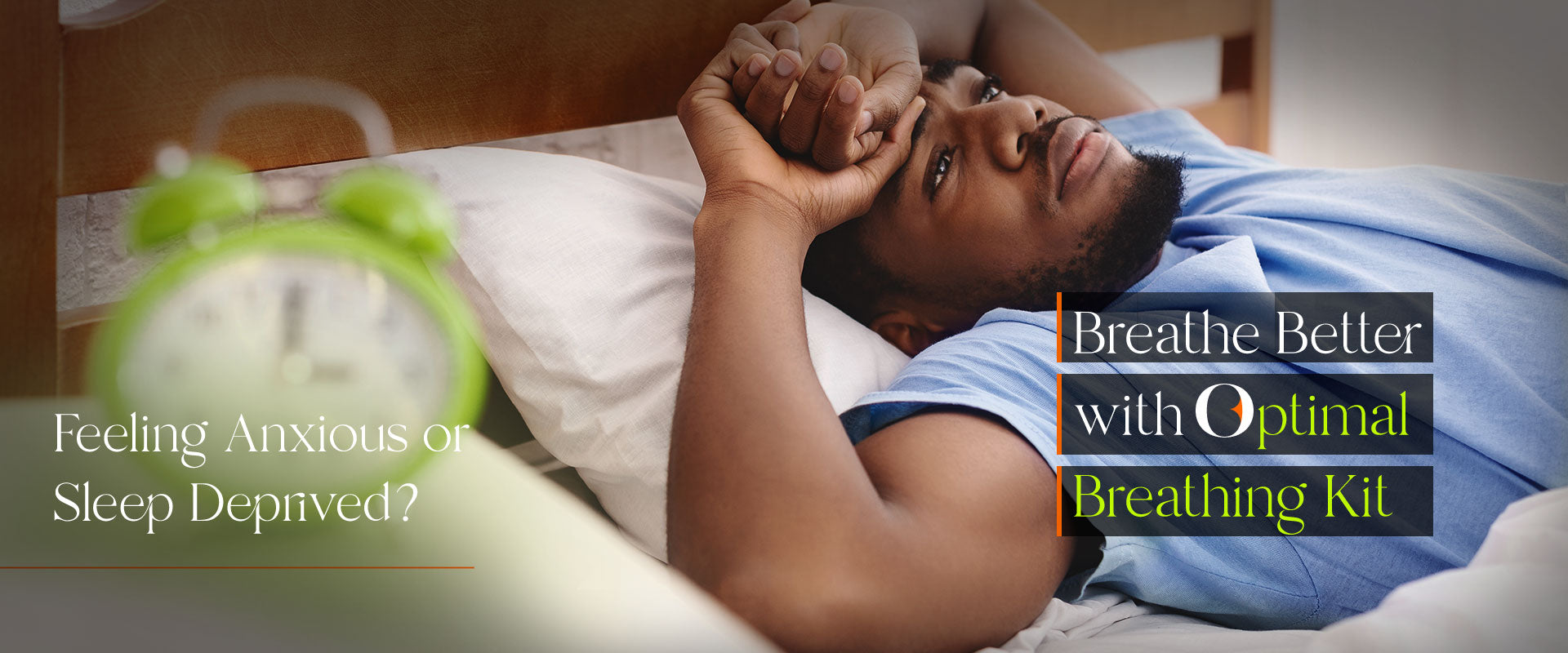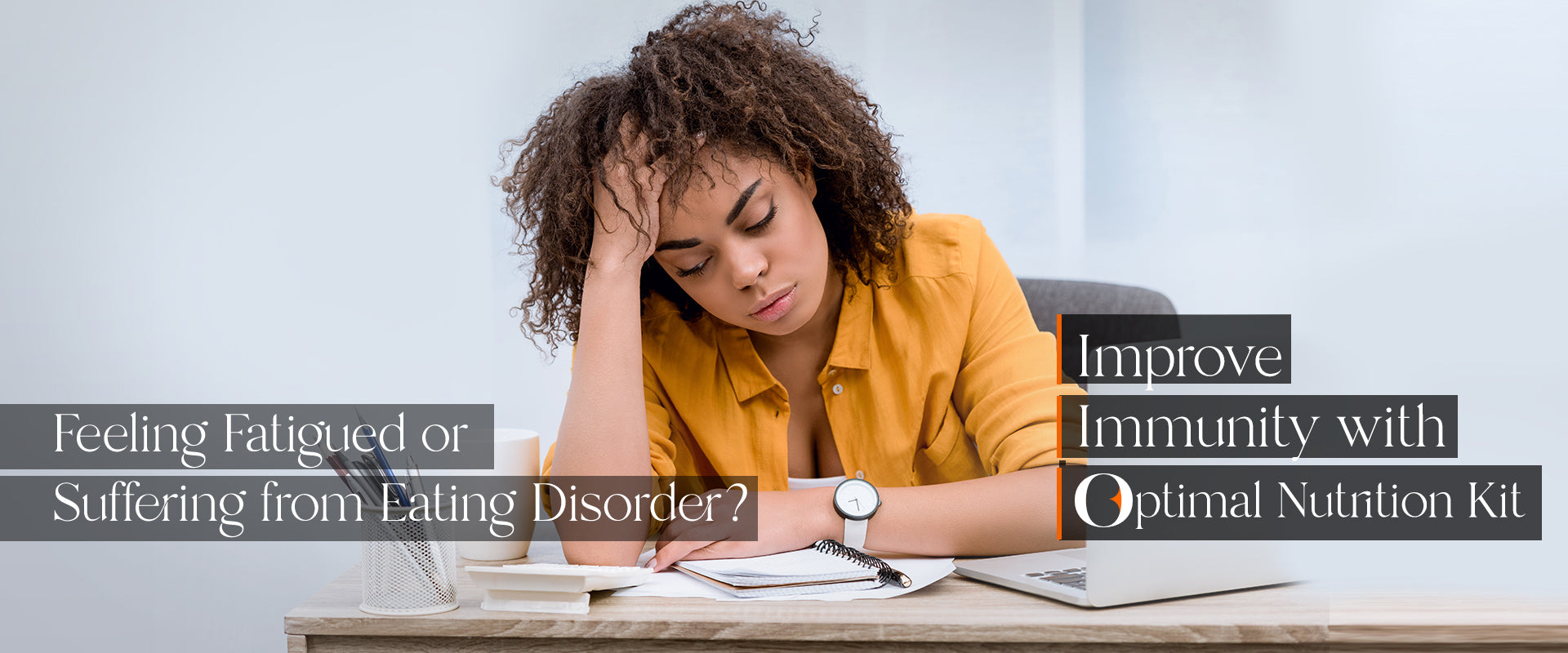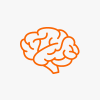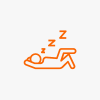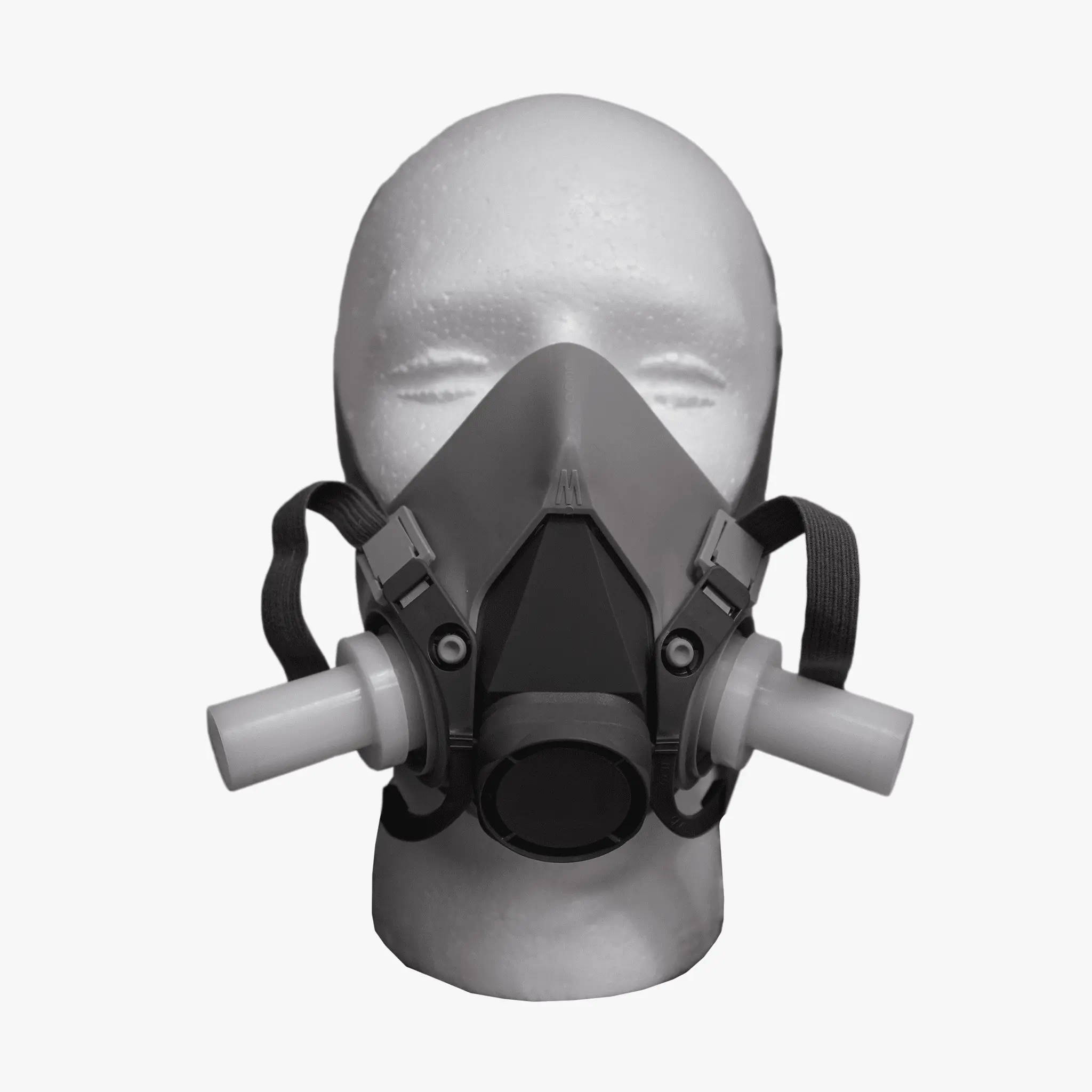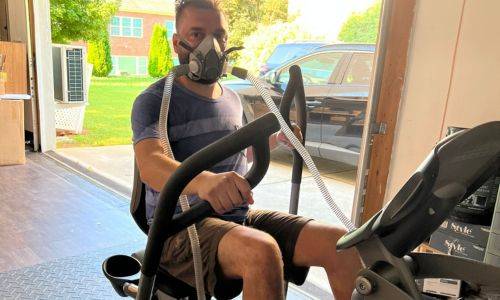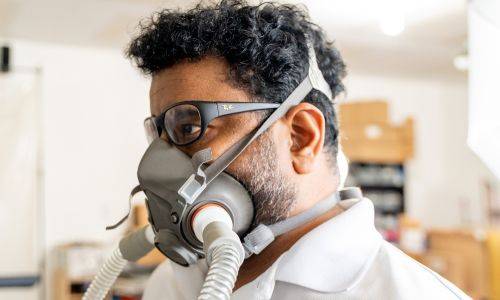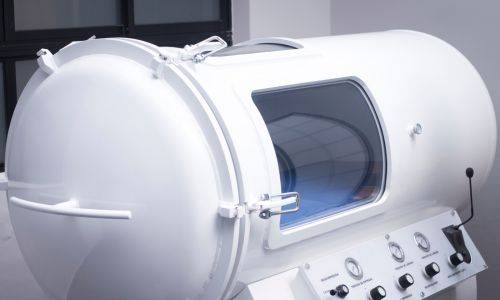The present invention provides methods and systems for a breathing system comprising breathing apparatus having a rigid base structure having a top portion, a bottom portion, an internal surface, and an external surface wherein the portion contains an arcuate section covering a user’s nose and the bottom portion is wider than the top portion for covering a user’s mouth, the base structure contains an outer edge. A facepiece is engaged to the outer edge of the base structure and surrounds the base structure. A side passage-way is disposed on a side of the base structure and is surrounded by a rim on the external surface of the base structure that extends outwardly from the external surface. A hose attachment device is selectively secured to the rim. The system also includes a storage device and an oxygen supply.
Product successfully added to your shopping cart
Translation missing: en.products.wishlist.added_to_wishlist
Qty:
There are item(s) in your cart


